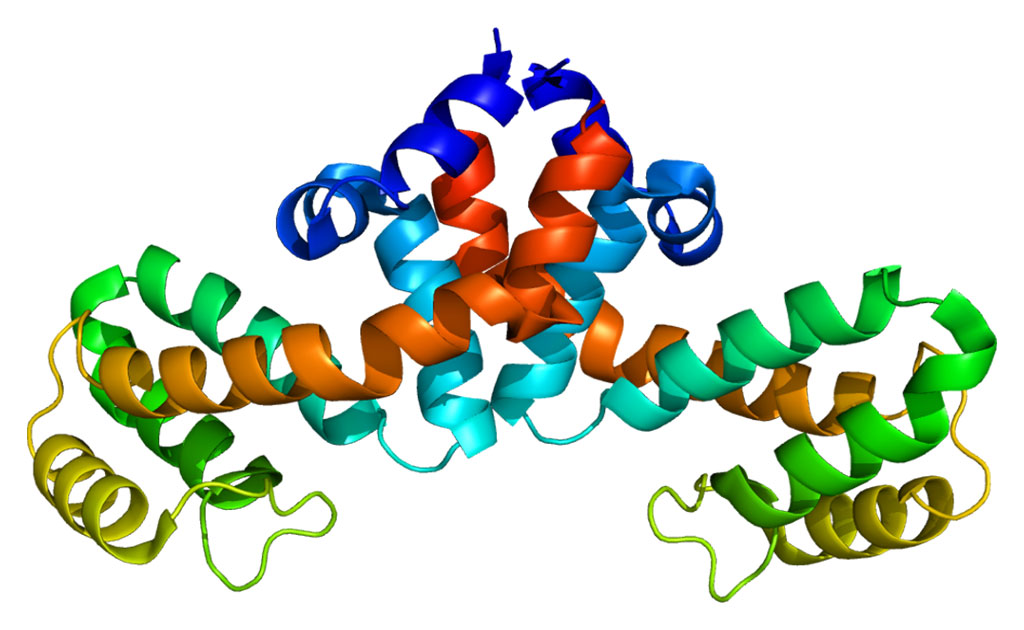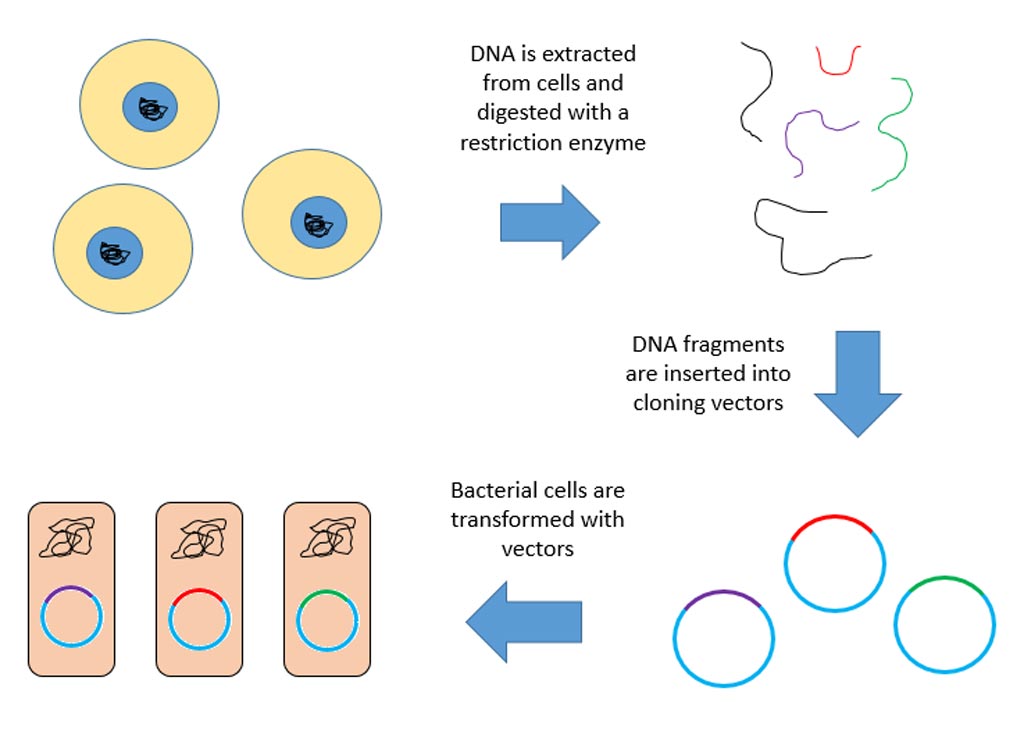Version of CRISPR/Cas3 More Impactful Gene-Editing Tool
By LabMedica International staff writers
Posted on 23 Apr 2019
A less precise but more impactful version of the CRISPR/Cas9 gene-editing tool was described in a recent paper.Posted on 23 Apr 2019
CRISPR/Cas9 is regarded as the cutting edge of molecular biology technology. CRISPRs (clustered regularly interspaced short palindromic repeats) are segments of prokaryotic DNA containing short repetitions of base sequences. Each repetition is followed by short segments of "spacer DNA" from previous exposures to a bacterial virus or plasmid. Since 2013, the CRISPR/Cas9 system has been used in research for gene editing (adding, disrupting, or changing the sequence of specific genes) and gene regulation. By delivering the Cas9 enzyme and appropriate guide RNAs (sgRNAs) into a cell, the organism's genome can be cut at any desired location. The conventional CRISPR/Cas9 system from Streptococcus pyogenes is composed of two parts: the Cas9 enzyme, which cleaves the DNA molecule and specific RNA guides that shepherd the Cas9 protein to the target gene on a DNA strand.

Image: T. fusca, a source of Cas3 nuclease (Photo courtesy of Microbe Wiki).
Investigators at Cornell University (Ithaca, NY, USA) reported in the April 8, 2019, online edition of the journal Molecular Cell that they had worked with a somewhat different version of the CRISPR tool, CRISPR/Cas3. Cas3 from Thermobifida fusca was found to be guided specifically towards Cascade-bound target DNA in the presence of an optimal Protospacer Adjacent Motif (PAM) sequence, and through physical interactions with the CasA component of the Cascade and the non-complementary strand of the ds-DNA substrate. This means that after using the CRISPR mechanism to identify the target DNA, the Cas 3 nuclease erased DNA continuously, for up to 100 kilobases with 13%–60% editing efficiency.
For research purposes, CRISPR/Cas3 could be used to screen for non-coding genetic elements and erase long sequences of DNA. Once erased, it would be possible to determine what functions were missing in an organism, and identify the role of that genetic element. A clinical use could be to identify and delete the entire genome of pathogenic viruses.
“My lab spent the past ten years figuring out how CRISPR/Cas3 works. I am thrilled that my colleagues and I finally demonstrated its genome-editing activity in human cells,” said contributing author Dr. Ailong Ke, professor of molecular biology and genetics at Cornell University. “Our tools can be made to target these viruses very specifically and then erase them very efficiently. In theory, it could provide a cure for these viral diseases.”
Related Links:
Cornell University













